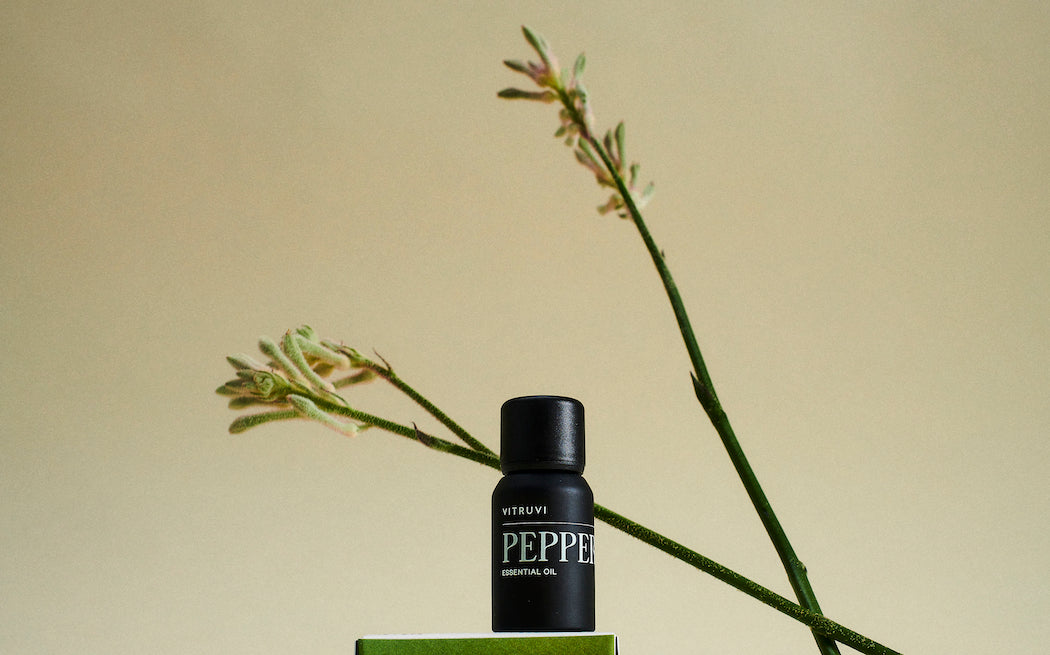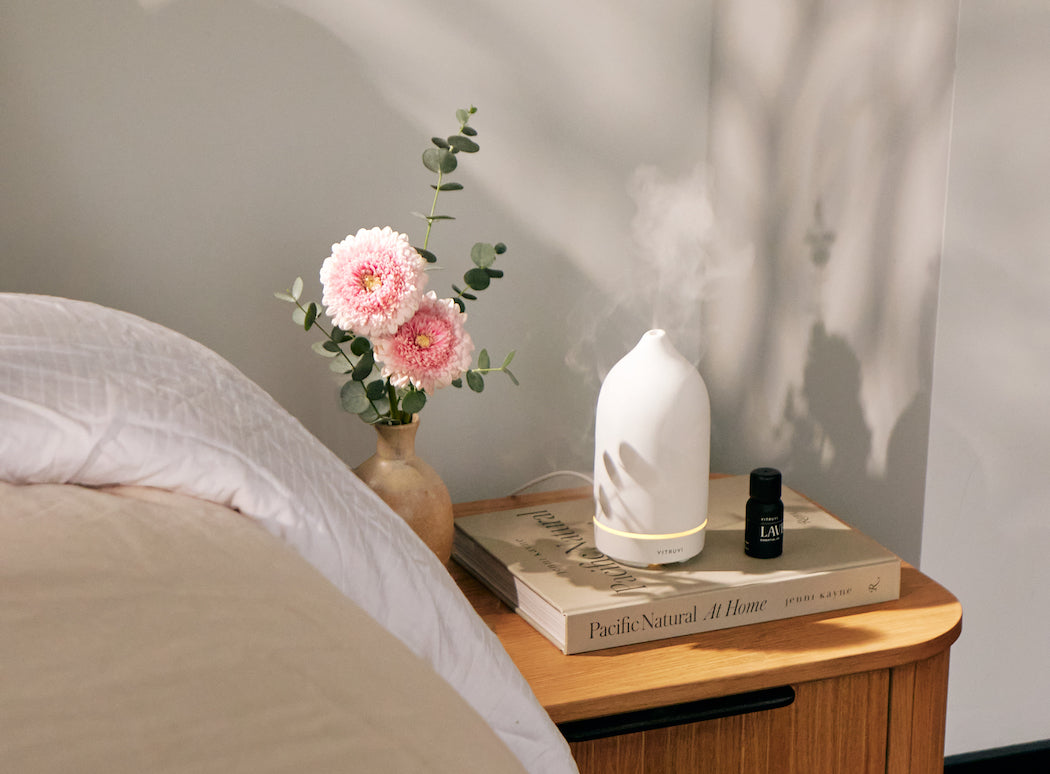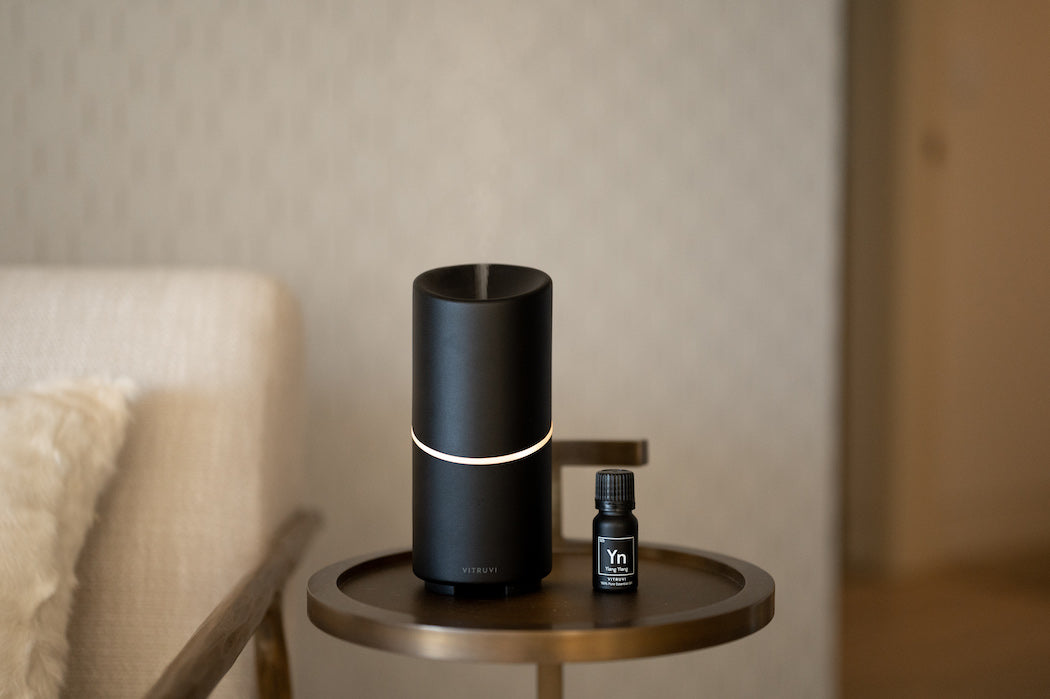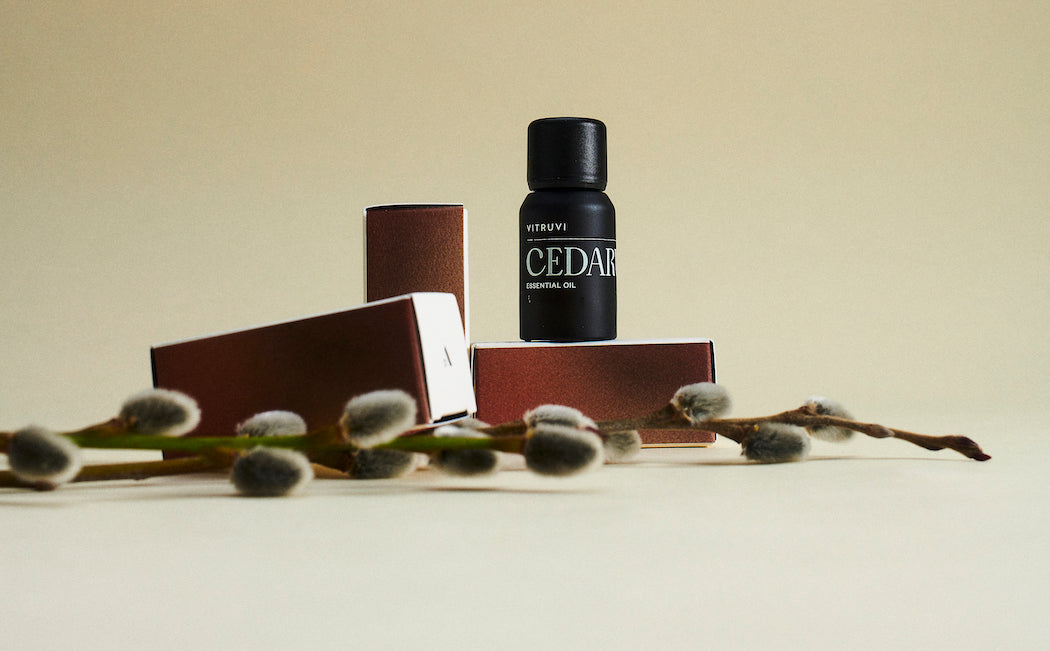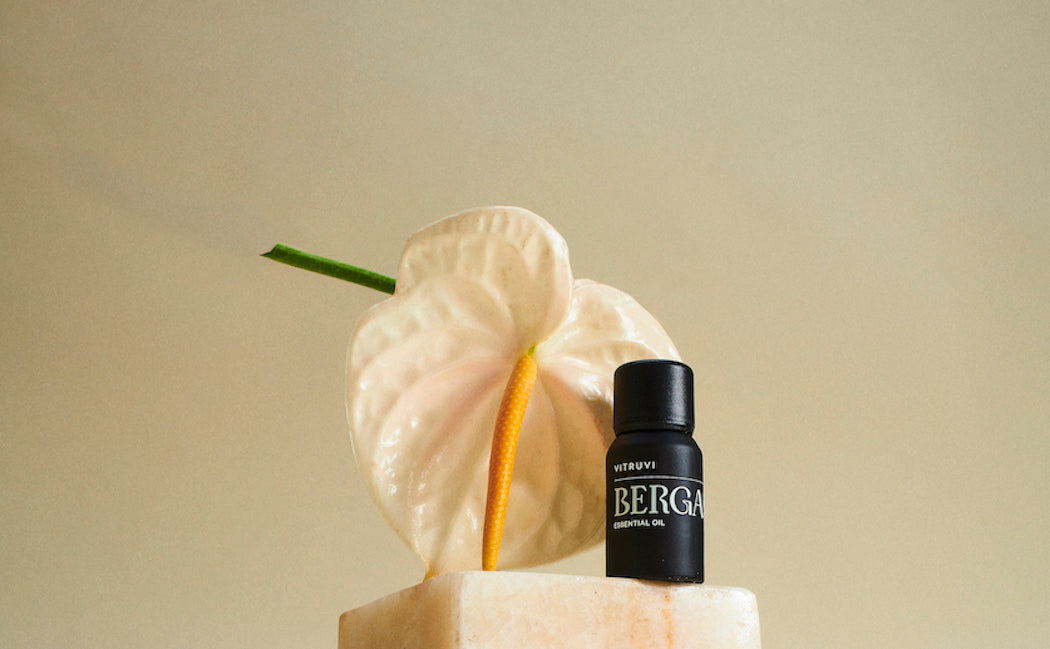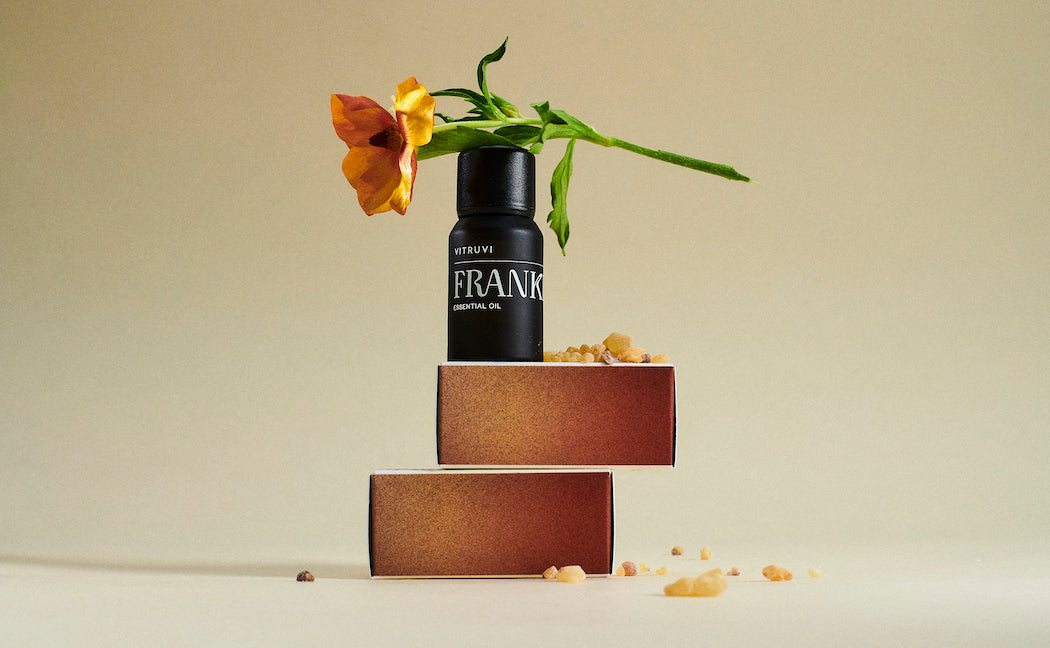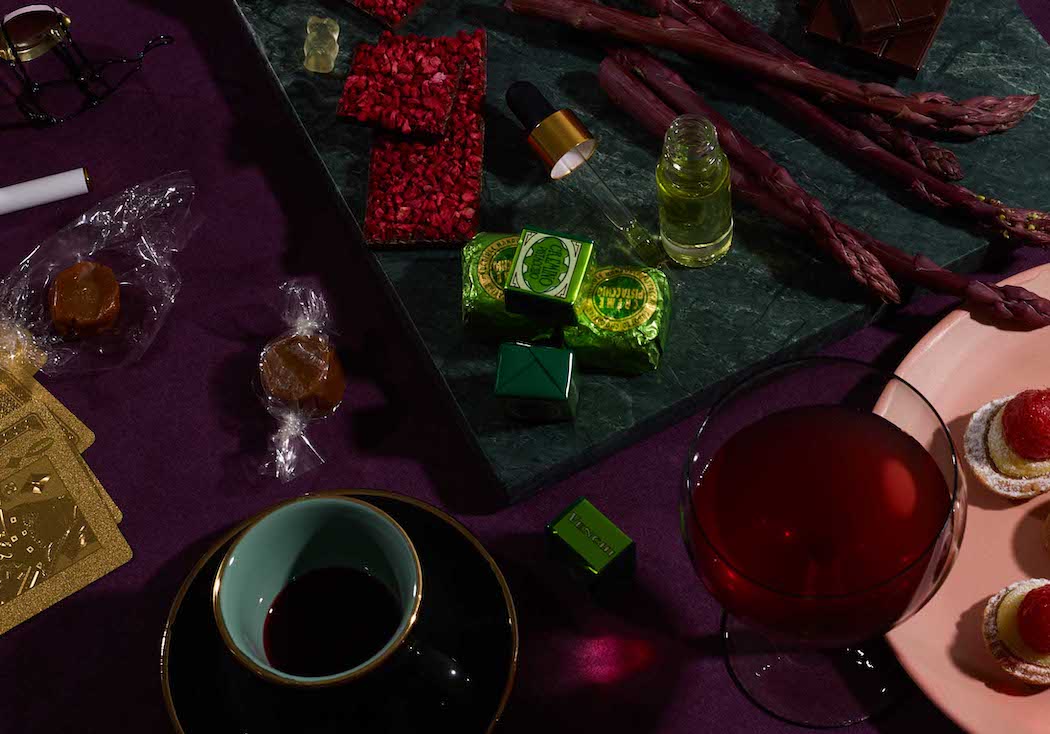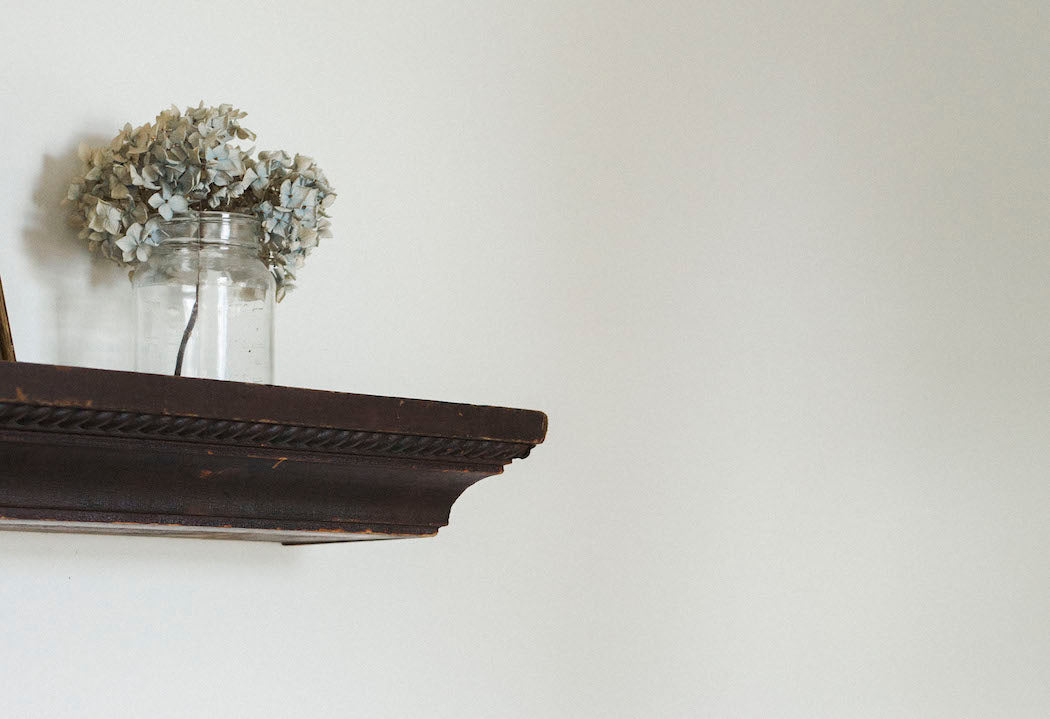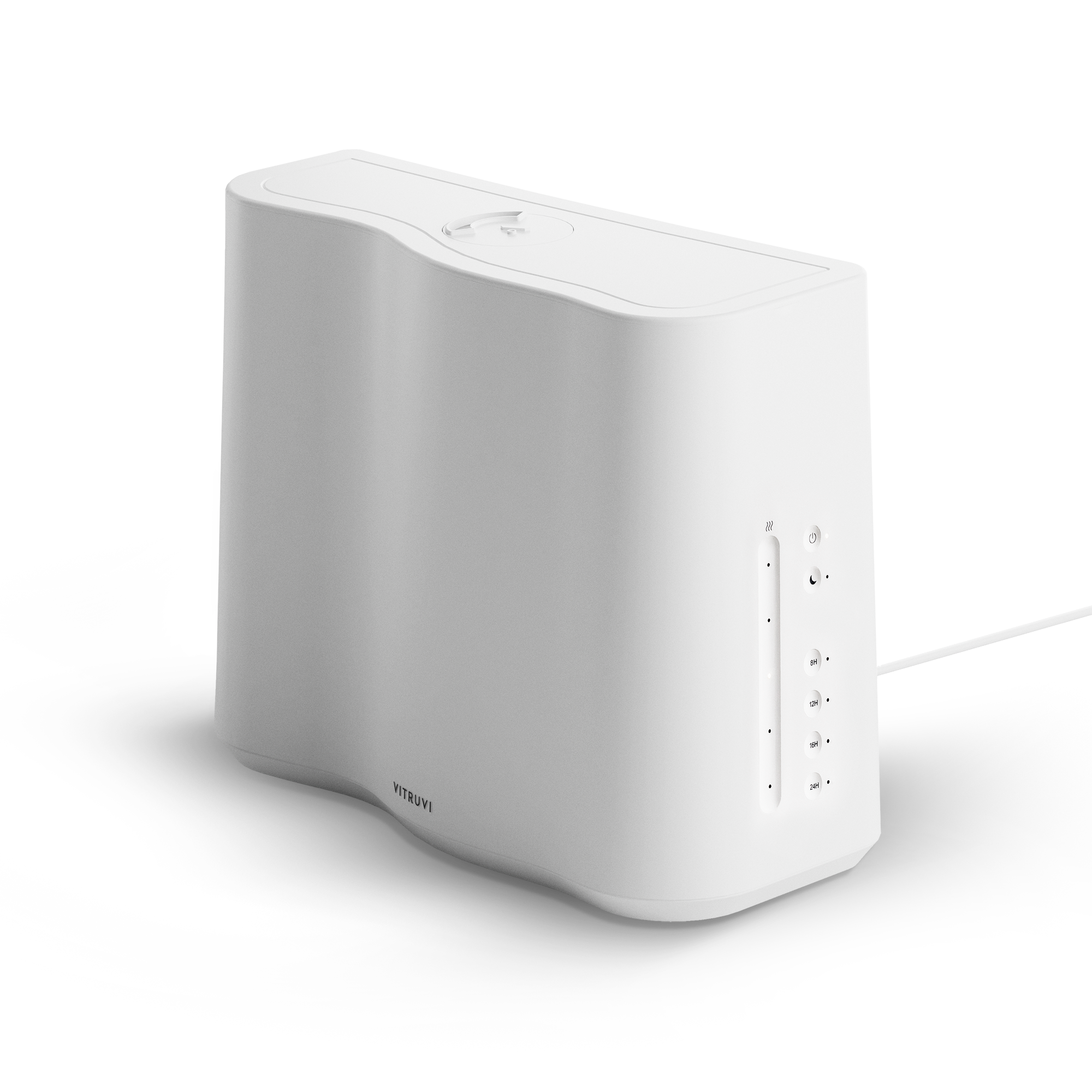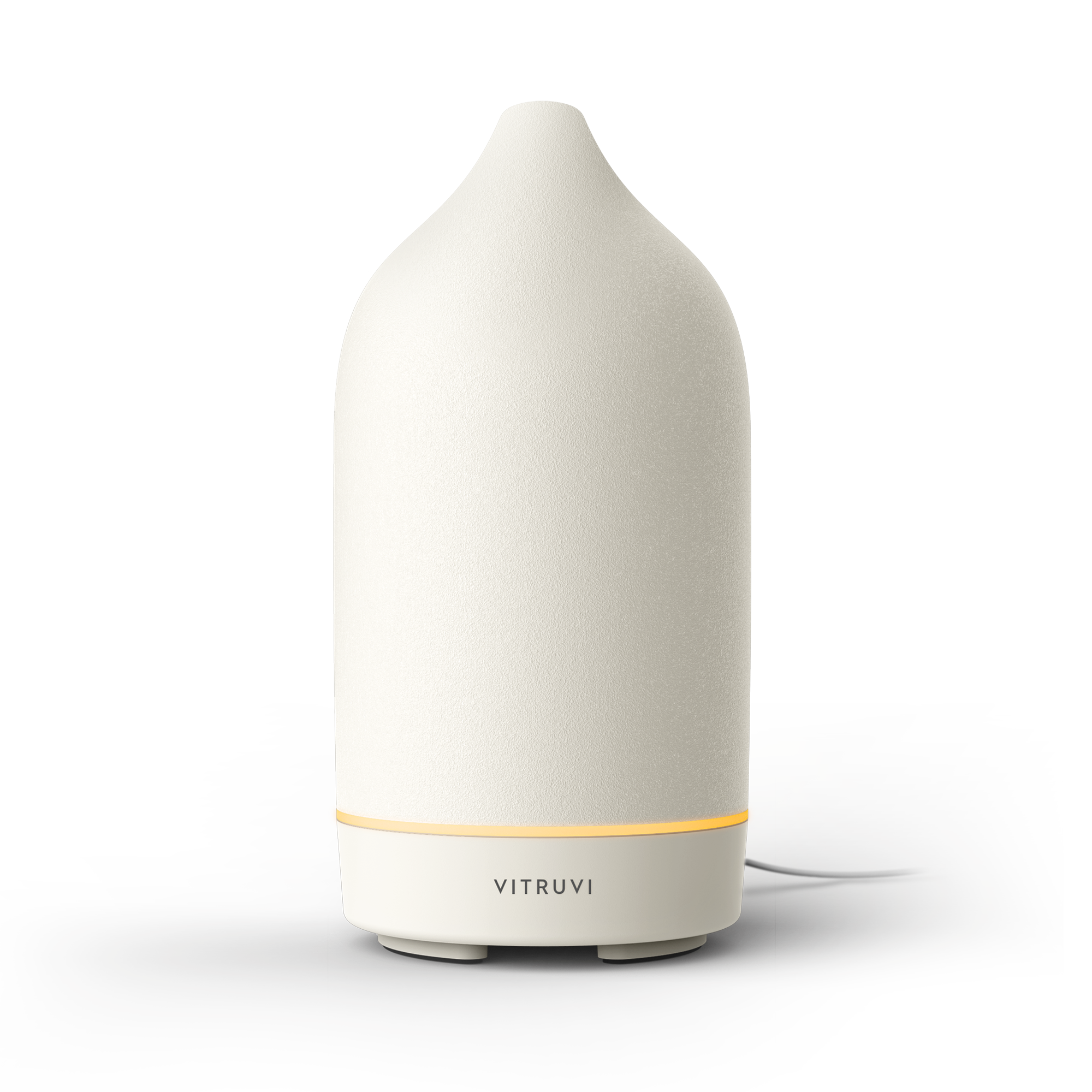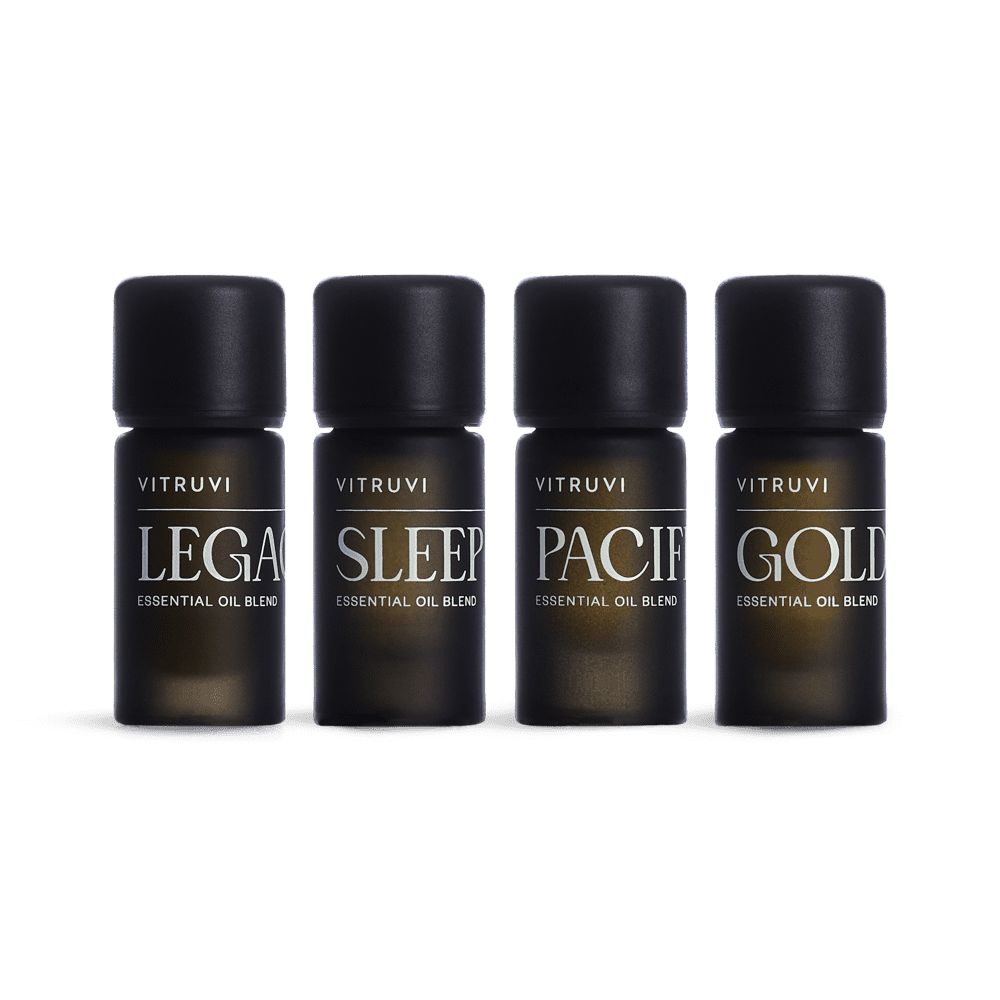You’ve probably seen her in yoga class: the woman whose back is covered in large pink circles. The marks come from cupping, an ancient detoxifying practise frequently used alongside acupuncture to balance the body’s flow of qi energy.
“It’s been used traditionally all over the world for thousands of years; the first uses of it were mainly for kids, especially for digestive issues, respiratory issues, common colds, things like that,” says Mahsa Ahmadi, a registered acupuncturist and trained expert in Traditional Chinese Medicine. “It was used in Europe, and South America, and Asia—anywhere that had a traditional medicine, they used cupping as one of the tools to detoxify the body. They would either have cups that were made of bamboo, or stone, or anything that would allow suction—glass, actually, a lot of hand-blown glass.” And while customarily used on the body, this form of holistic healing has, in more modern interpretations, also been employed for the face.
What is facial cupping?
“Using the cups creates a lot of space between the soft tissue and skin, which allows blood flow, oxygen, and therefore leads to healing,” says Ahmadi, who offers facial acupuncture and facial cupping at Collective Skin Care in Vancouver.
What are the benefits of facial cupping?
The technique has a myriad of benefits for the face, including clearer skin, softer skin, and smoother skin. “The first effect people have is tension relief and relaxation,” Ahmadi says as she glides a small cup over this writer’s face, “and the second would be reeducating the muscles and releasing the fine lines and deep lines, even. It’s even safe for the eyes, so it encourages lymphatic drainage for the face, affecting the sinuses and activating anything that is connected to the face—the energetic and blood flow that connects to the face.”

Ahmadi’s facial cupping treatment uses two different-sized suction cups (in modern day they are often made of silicone) that she draws in outwards motions over the skin. It doesn’t hurt at all, and in fact feels rather soothing, which is what can make getting a professional treatment so enticing. But at-home facial cupping is a great option as well for people who can’t make it out to a spa.
Facial cupping technique
For that, Ahmadi says it doesn’t matter what part of the face you start with, so long as you always keep the cup moving, working from the centre and going outwards and upwards. She suggests going over each point on the face (jawline, sides of the mouth, cheekbones, brows, forehead; anywhere prone to fine lines) a couple of times until you feel a bit of heat on the skin. But, she cautions, don’t overdo it—the key is to relax and sculpt, not irritate.
“If someone does their cupping before bed, it’s relaxing to sleep, getting rid of your stresses of the day,” Ahmadi explains. “Or if you do it first thing in the morning, it helps the person to really wake up and have a good glow to the skin.” Long-term effects of performing facial cupping a few times a week can include contouring and definition, lifting, and a more even, radiant skin tone. “We’re stimulating the skin and the muscles and all the nerves and blood vessels,” says Ahmadi. “Everything gets smoother through this.”

Facial cupping vs. gua sha
Facial cupping is not to be confused with facial gua sha, a massage technique that uses a scraper (typically made of jade) to encourage lymphatic drainage and release toxins. The difference between the two? “Gua sha is more the inward and downward motion, versus the cupping is lifting,” explains Ahmadi. “So cupping is a vacuum that just lifts, and it doesn’t really compress the same way. Gua sha is more for deep-tissue massaging.” As they work on different layers of the face, it’s great to use them in tandem for the ultimate at-home experience.
When using a facial cup at home, start light and see how your skin reacts. Ahmadi recommends putting a face oil on first to help the cup glide (if your skin looks a bit pink, this can be followed by a splash of cold water and your regular moisturizer). There may be a bit of redness immediately after a treatment, but it tends to fade very fast (and it looks nothing like the visible circles seen on that lady doing crow position). Give your cup a wash in warm soapy water after each use to keep it fresh.
At the end of the day, facial cupping is a great alternative to more invasive treatments, and is an easy ritual to practise at home. On the never-ending quest for clear, glowing skin, it’s a solid path to take.


